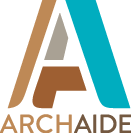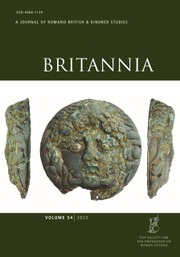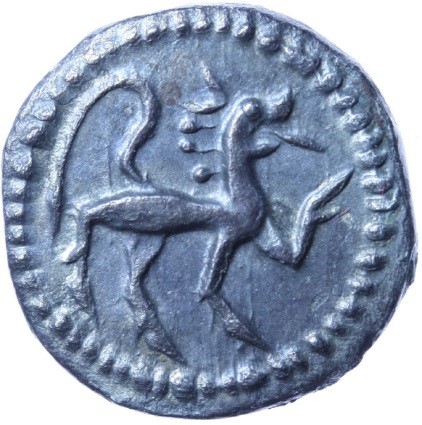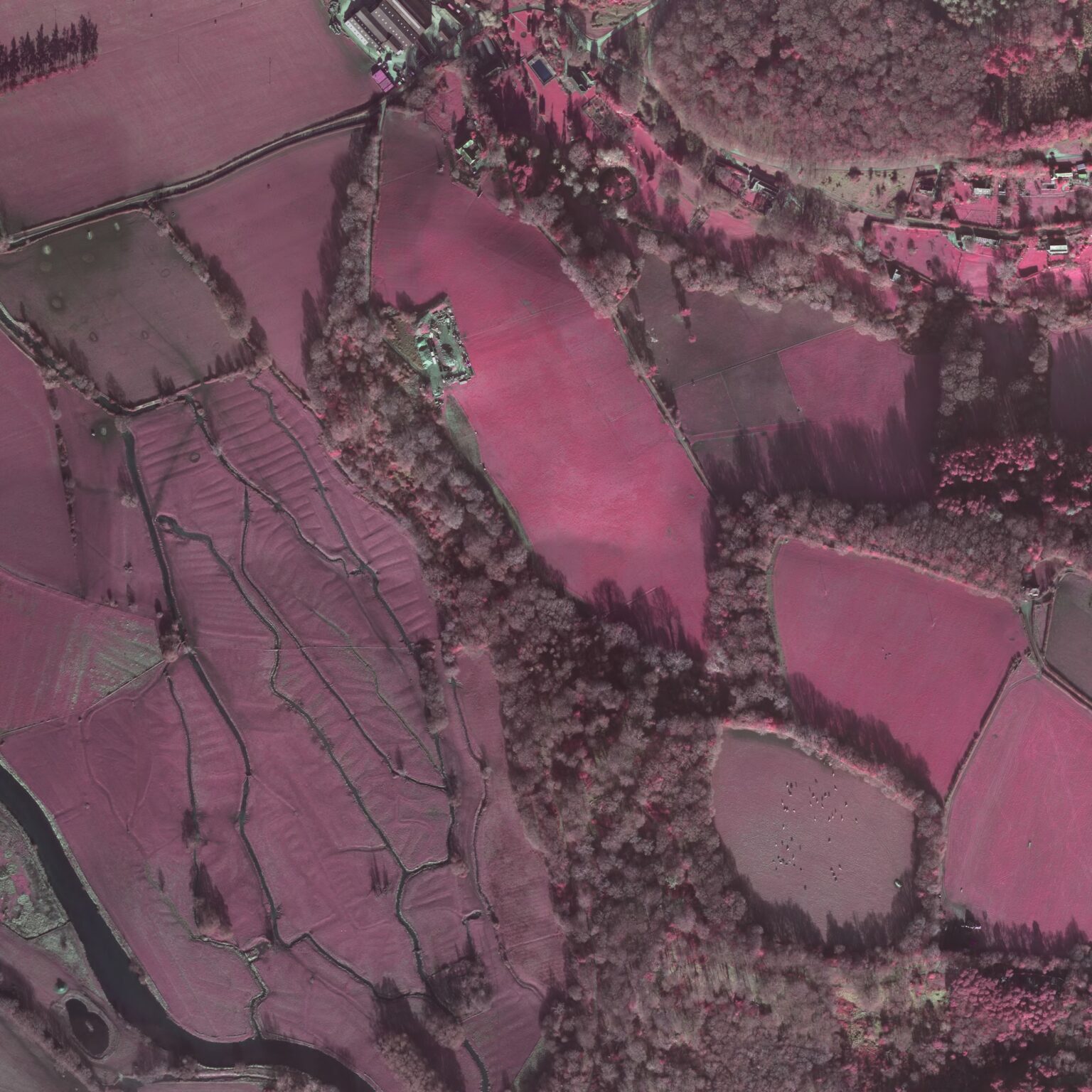Data reuse case studies
This page contains a number of representative case studies that highlight the wide range of uses of data deposited with the ADS. The following examples demonstrate some of the different methodologies and approaches that utilise data from ADS archives to create innovative and original research.
If you would like to contribute your own case study then please contact us with a short description of your work and a link to the original data.
ArchAIDE

ArchAIDE was a European Union Horizon 2020 funded research project that aimed to create a new system for the automatic recognition of archaeological pottery from excavations around the world.
This project used 2D drawings of amphorae from the University of Southampton’s Roman Amphorae archive to build 3D models that were incorporated into a database of pottery forms. This database was used as a reference collection for an application that allowed for automated pottery sherd recognition.
Brooches of Roman Britain

This article published in the journal Britannia examined regional and temporal patterns in brooch use in the Roman province of Britannia. Comparing these patterns with continental data suggests the patterns in the British data may reflect a wider pattern in the north-western provinces.
This paper used data from the Rural Settlement of Roman Britain archive to explore the geographic coverage of brooches in England, generate comparative density maps of brooches and explore possible biases in their dataset.
This open access article can be found at the following link:
Cool, H.E.M. and Baxter M.J. 2016. Brooches and Britannia. Britannia, 47, pp.71-98. https://doi.org/10.1017/S0068113X16000039
Coinage in the Northumbrian landscape and economy

This doctoral research, undertaken by Tony Abramson, examined the evolutionary process of monetization in Northumbria from the seventh to ninth centuries CE. This research undertook a regional and settlement level analysis of Northumberland alongside a substantial numismatic database.
This doctoral research utilised data from The Viking and Anglo-Saxon Landscape and Economy (VASLE) Project archive to investigate the monetization of Northumbria during the ‘Conversion Period’, from the seventh to ninth centuries CE. The research combines the VASLE dataset with recent artefactual discoveries from the Portable Antiquities Scheme (PAS) finds database.
An open access version of this doctoral thesis can be found at the following link:
Abramson, Tony (2016) ‘Where there’s muck there’s brass!’ Coinage in the Northumbrian landscape and economy, c.575-c.867. PhD thesis, University of York. https://etheses.whiterose.ac.uk/17515/
Amphora Profiling

The Amphora Profiling project was a staged, multi-application crowd-sourcing initiative developed and hosted as part of the MicroPasts project. The app builds on one of the most highly regarded ADS resources, the University of Southampton’s Roman Amphorae archive. The app took scanned line drawings of Roman period Mediterranean amphora and presented them up to the public who were asked to properly scale the line drawing and draw around specific elements of the pot including the exterior, interior, mid-line, the neck area and both handles. Using this data it was possible to create clean (edge-matched) 2D vector polygons, which could in turn be transformed into 3D models of each amphorae.



